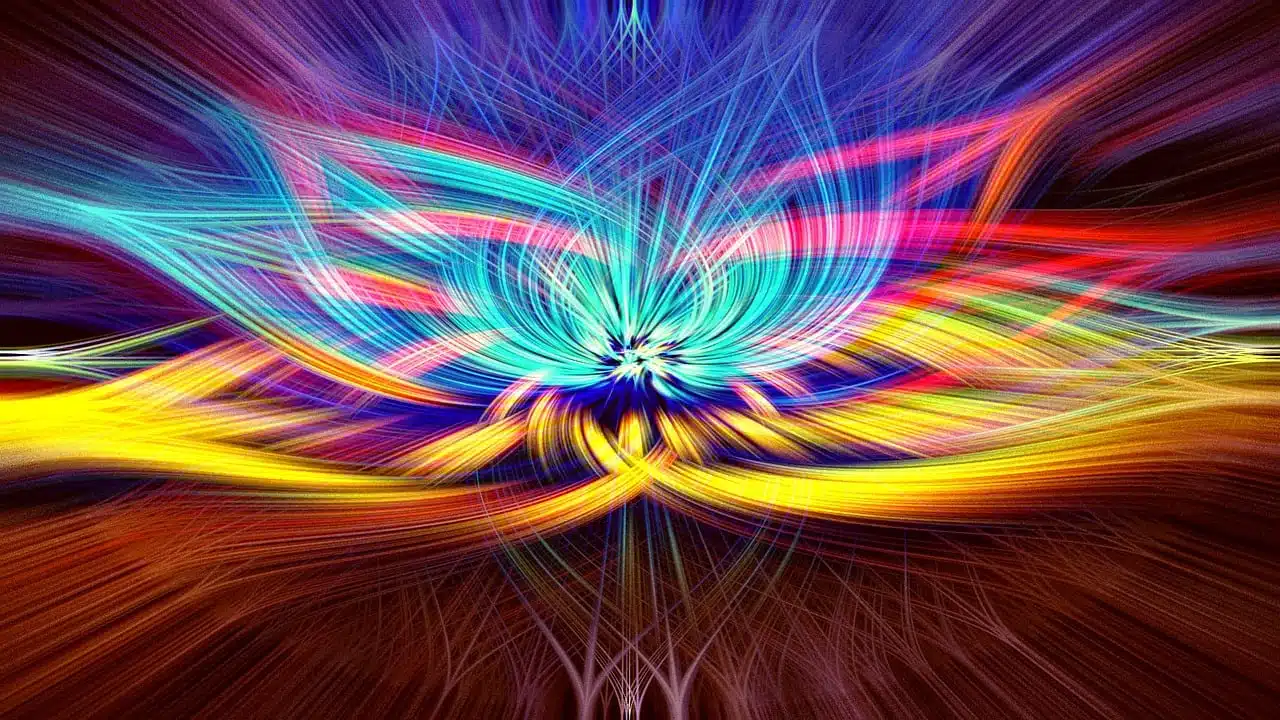
The perception of something through two different senses is called synesthesia.
Synesthesia is the perception of the same thing through two different senses . The origin of the term comes from the fusion of two Greek words whose meanings are together and sensation . This concept is explained by each discipline taking into account various parameters, however it is always associated with the same thing, a deviation or a complex perception about something.
For biology , synesthesia is the impression we feel in a certain body region from a stimulus applied to a different one. It is also described with concepts such as associated sensation or secondary sensation . Psychology , for its part, calls synesthesia an image of subjectivity that is characteristic of one sense, but is fixed by a different sensation that affects another sense.
Synesthesia is also an effect produced by certain drugs, among which mescaline or lysergic acid can be mentioned. It should be noted that these experiences are not metaphorical but are real perceptions .
Synesthesia as a mixture of impressions
Synesthesia, in short, involves a mixture of impressions that are perceived through different senses. That is why it is often said that the synesthetic person has the ability to hear a color or observe music, for example. The cause of this particularity lies in the establishment of a correspondence between the various sounds and color tones.
Dr. GTL Sachs was the first specialist to explain the characteristics of this phenomenon, in 1812 . Over time, it was discovered that synesthesia is more common among those with autism and that even certain types of epilepsy can generate perceptions of this type.
In some cases, synesthesia occurs when one of the senses is damaged. This phenomenon is known as Martian colors and originated from a person who was born with color blindness and said that he saw alien colors even though he was not able to see, in the usual meaning of the word.

Synesthesia can be an effect of taking certain drugs.
The clinical look
From a clinical point of view, synesthesia consists of the stimulation of one cognitive system that causes experiences or sensations in a different system. It is a phenomenon that is present in one in every 23 people, the most common type being those people who can see colors when they hear or read letters or numbers .
In any case, since there are so many types of combinations in the faculties of synesthesia, it is very difficult to concisely describe the characteristics of synesthetes. Among other qualities typical of this phenomenon are being able to hear and distinguish sounds that a normal person cannot, possessing a prodigious memory that allows them to remember facts with an astonishing level of detail, and other extraordinary abilities.
Synesthesia and literature
In literature, synesthesia is conceived as a rhetorical figure through which different auditory, gustatory, visual and tactile sensations can be mixed to associate them and express emotions . In this discipline, synesthesia is related to enálage , which is a grammatical figure that allows changing the structure of a sentence, and metaphor ( synesthetic metaphor ), in the case of mixing the perception of certain things in a metaphor.
These resources are usually found in classical and baroque literature and became fashionable in poetry during the rise of the French lyric of symbolism (literary modernism in Spain). To give an example, one of the French symbolist poets par excellence, Arthur Rimbaud, wrote a sonnet where he assigned each vowel a color that distinguished it from the rest. Later, Rubén Darío would say blue sweets, mixing the sense of sight and taste.
In this art there are: first degree synesthesia, impressions where two senses are mixed (red aroma), and second degree or indirect synesthesia, impressions where a perception captured with one of the body's senses is compared with a feeling (sour melancholy). .
As a final fact, it is worth mentioning that synesthesia is a faculty that many personalities such as Charles Baudelaire, Vladimir Nabokov, Axel Lovengreen and Marcel Proust have had. And like them, many artists have used their synesthesia to enrich their creativity . Nabokov, for example, saw colors in numbers and has used this faculty to provide a highly creative tone to his work. It should be noted that people with this ability tend to be very perceptive and develop a fluid relationship with their environment.
